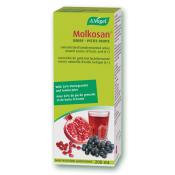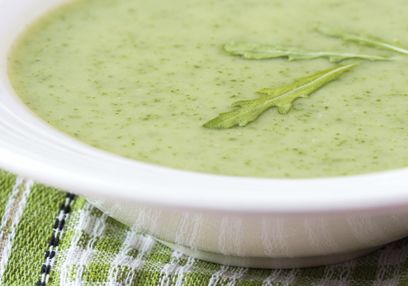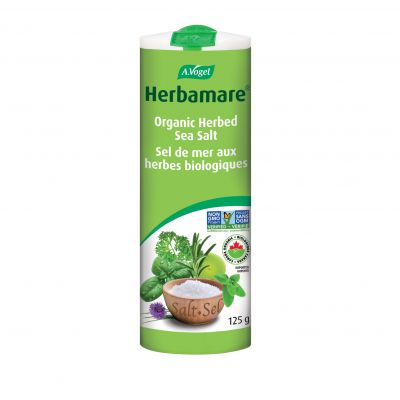What is the difference between microbiome and microbiota?
The collective archaea, bacteria, fungi, and viruses found in the human gut represent the microbiota, while the collective of the microbiota, their metagenome, and how these all interact is the microbiome.
What are the functions of the microbiome and the resident bacteria?
The resident species found in our gut are responsible for various functions including:
- Synthesizing vitamins
- Modifying bile
- Metabolism
- Protection
What are the benefits and costs associated with antibiotic use?
This is a difficult question as each individual reacts so differently to the use of antibiotics based on their unique concentration of different microbes. However, research has consistently demonstrated the impact of antibiotics on the microbiome in the short-term.
Antibiotics are able to clear infections quickly, can reduce the risk of post-operative infections, and some can start working in hours. The risks associated with the use is antibiotic resistance where strains become more resilient to the antibiotics and cease responding, allowing their population to grow unchecked. In the worst-case scenario, this unchecked population explosion can result in the individual becoming septic.
Finally, there are some side effects associated with certain antibiotics including sensitivity to sunlight, difficulties synthesizing or absorbing nutrients, or gastrointestinal dysbiosis due to the impact on both dangerous and healthy gut species.
How do antibiotics affect the long-term health of children as they proceed into adolescence?
In a 2019 study published out of New Zealand, 474 mothers were enrolled with infants categorized into the first antibiotic exposure, whether at
- 0-6 months,
- 6-12 months,
- 12-24 months, or no antibiotic use.
At 11 years old, these grown children completed a variety of neurocognitive assessments administered by a psychologist, and reports by both parents and the child.
Of the 72% that participated, it was determined that there was an increased risk of problems associated with:
- anxiety,
- attention-deficit hyperactivity disorder,
- emotional problems,
- executive function,
- hyperactivity,
- impulsivity, and
- metacognition following early exposure to antibiotics.
A similar study from the University of Auckland in 2017 demonstrated more behavioural difficulties and symptoms of depression at three-and-a-half years following early antibiotic exposure.
Are there any conditions that link adult health with that of the microbiome?
The Flemish Gut Flora Project out of Belgium recruited 1054 adults with depression and analyzed their feces to gather information about the state of their microbiome.
Of note, the bacterial species Coprococcus and Dialister were significantly depleted from the guts of those diagnosed with depression. This was after controlling for the impacts of antidepressants.
Another condition to consider is schizophrenia with research demonstrating that the severity of schizophrenia may be tied to the gut species Lachnospiraceae and Veillonellaceae. This was following the transfer of gut microbiota from those diagnosed with schizophrenia into germ-free mice, those that have had all gut flora eliminated prior to transfer. These mices then demonstrated an increase in their startle response, hyperactivity in their locomotion, and a decreased in anxiety- and depressive-like symptoms.
Finally, in another study, researchers performed a transfer of microbiota from those with non-alcoholic fatty liver disease (NAFLD) and found in 60% of those affected by NAFLD a high-alcohol producing strain of Klebsiella pneumoniae.
Are there any ways to reduce the impact of antibiotics?
One approach is the use of both pre- and probiotics, substances that feed and sustain probiotics, and the live microorganisms themselves, respectively.
There are many foods that are rich sources of both pre- and pro-biotics, but it's hard to consistently guarantee the same quality or quantity of the species.
Standardized food products such as Molkosan are rich in L+ lactic acid, a prebiotic that is broken down by certain species into butyrate, a substance that promotes healing of the colonocytes. When prebiotics are administered to nourish the residents of the gut, they have been shown to promote the activity of white blood cells and the cells lining the intestine.
For those who want a different taste from whey, Molkosan Berry is an option which has the added taste of pomegranate and aronia berries which contain polyphenols that are beneficial to the gut. Ellagitannins, a compound found in pomegranate, has also been shown to stimulate the growth of healthy gut bacteria.
Changes to diet could include incorporating more fibre which has the dual benefit of promoting the growth of healthy bacteria and reducing the growth of harmful bacteria. The fibre also adds bulk to stool, a benefit as diarrhea is one of the most common complaints associated with the use of antibiotics.
This includes foods such as whole grains, vegetables, and herbal remedies such as psyllium husk (Plantago ovata). Psyllium has the added research of helping to regulate blood glucose, lower cholesterol and the risk of heart disease .
References:
https://advances.sciencemag.org/content/5/2/eaau8317
https://www.ncbi.nlm.nih.gov/pmc/articles/PMC4489621/
https://www.ncbi.nlm.nih.gov/pmc/articles/PMC6296223/
https://www.ncbi.nlm.nih.gov/pubmed/17761020
https://www.ncbi.nlm.nih.gov/pubmed/24642201
https://www.ncbi.nlm.nih.gov/pubmed/27701771
https://www.ncbi.nlm.nih.gov/pubmed/30718848
https://www.ncbi.nlm.nih.gov/pubmed/31041458
https://www.ncbi.nlm.nih.gov/pubmed/31543403







